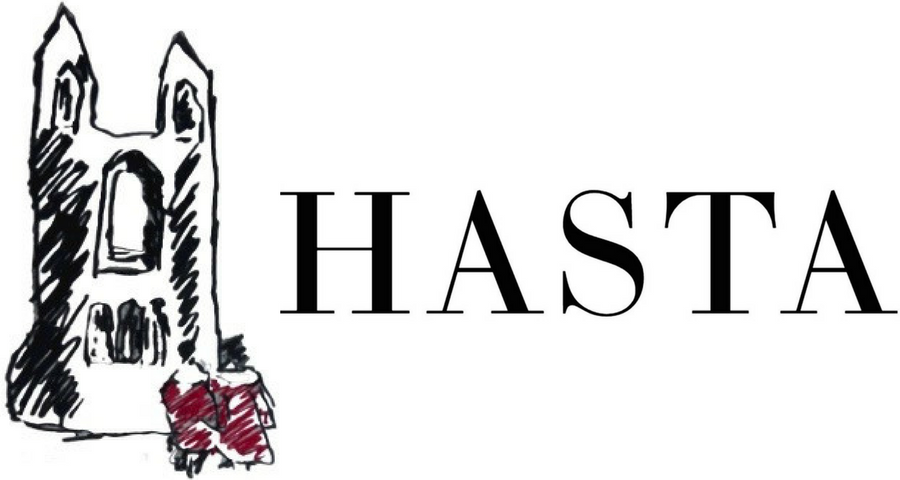Dan Flavin, 1933-1996
By Alice Lindman
The Diagonal of May 25th, 1963, 1963, red fluorescent light.
The relationship between art and medium was irreversibly changed when Dan Flavin established his artistic oeuvre through his revolutionising experimental consideration of the atmospheric and colour effect of electric light. Born in Jamaica, New York in 1933, Flavin, during his time in the United States Air Force, studied art through the University of Maryland Extension Program in Korea. Upon his return to New York, he continued developing his creativity, eventually taking up drawing and painting classes at Columbia University in 1959, a year that marked the beginnings of his experimentation with assemblages and collages as well as paintings that pointed explicitly to Abstract Expressionism. However, his discoveries of the artistic potentials of light weren’t realised until the summer of 1961, when Flavin began to make sketches for sculptures that incorporated electric lights, eventually translating these sketches into assemblages dubbed “icons”, whereby lights were juxtaposed with monochromatic canvases.
The artistic practice of Flavin that is most widely recognised today was properly conceived in 1963, when the artist decidedly removed the canvas from his installations, opting rather for his signature fluorescent tubes. The Diagonal epitomises this turning point, revolutionising the art world through Flavin’s systematic use of everyday appliances to transform a space. This iconic piece joined a selection of the artist’s other work in a groundbreaking show at New York’s Green Gallery in the fall of 1964, where the banal and utilitarian origins of his pieces were flaunted for all to see through its illumination of the gallery with colourful, painterly light. Through Flavin’s ability to transform an everyday object into a work of art itself, the artist established himself as a leading figure in the American Minimalism movement and made such comments as “I like art as thought better than art as work. I've always maintained this. It's important to me that I don't get my hands dirty. It's not because I'm instinctively lazy. It's a declaration: art is thought.” Art no longer was defined by the intensity or strenuosity of the artistic process, but rather by the intricacy of the artistic ethos.
Untitled (To Barry, Mike, Chuck and Leonard), 1972-1975, yellow and pink fluorescent light.
The arrangements of florescent tubes became increasingly complex in their figurations into the 1970s and 80s. Most notably, Flavin’s Barred Corridor installations marked this artistic evolution, whereby his art became particularly more involved with the relationship between his sculptures and the space they inhibited. As his practice grew, so did his popularity, and thus his career in the 1990s was marked by an abundance of institutions offering large galleries to the artist to best match the grandiose scale of his light installations. For example, in 1992 the artist filled the Solomon R. Guggenheim Museum with a kaleidoscopic installation which took full advantage of Frank Lloyd Wright’s open design space.
Flavin’s career sadly came to an end following his death in November 29th, 1996. Major retrospectives of his work have been organised by institutions such as the National Gallery of Canada (1969), St. Louis Art Museum (1973), Kunsthalle Basel (1975), and the Museum of Contemporary Art in Los Angeles (1989).
Bibliography
‘Dan Flavin.’ Bastian Gallery. Published 16 Sept 2017. www.bastian-gallery.com/en/exhibitions/dan-flavin/.
‘Dan Flavin Installation.’ The Menil Collection. Published 2025. www.menil.org/visit/campus/dan-flavin-installation.
‘Dan Flavin.’ Guggenheim.org. Published 2019. www.guggenheim.org/artwork/artist/dan-flavin.
‘The Diagonal of May 25, 1963.’ Pinaultcollection.com. Published 13 June 2009. lesoeuvres.pinaultcollection.com/en/artwork/diagonal-may-25-1963.
‘The Diagonal of May 25, 1963 (to Robert Rosenblum).’ Metmuseum.org. Published 2022. www.metmuseum.org/art/collection/search/481231.


